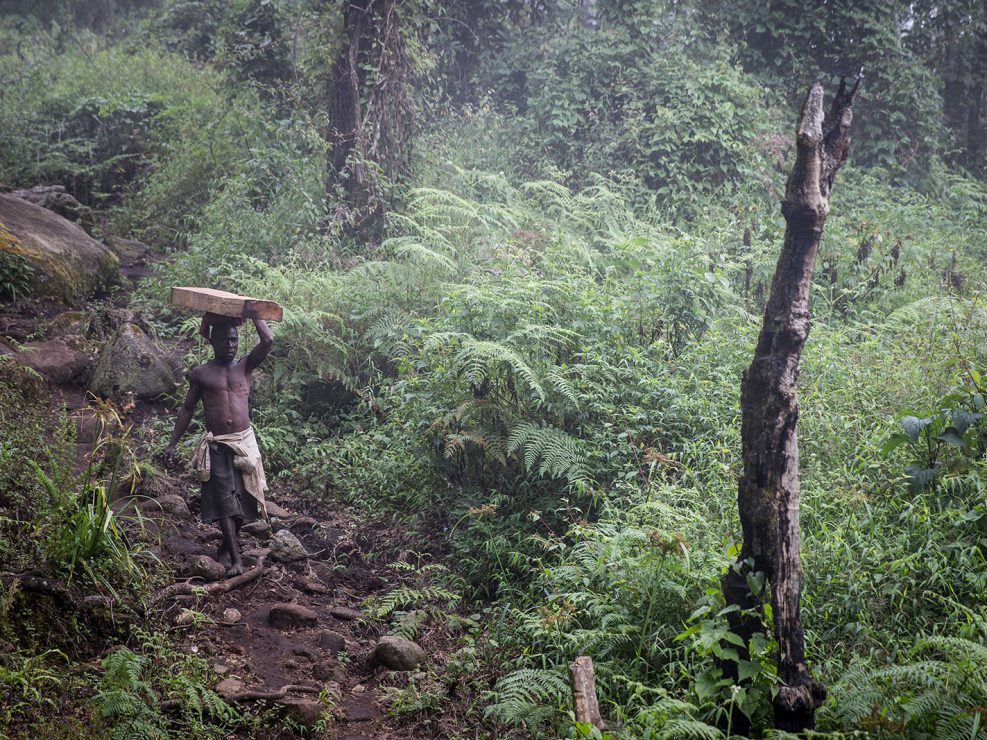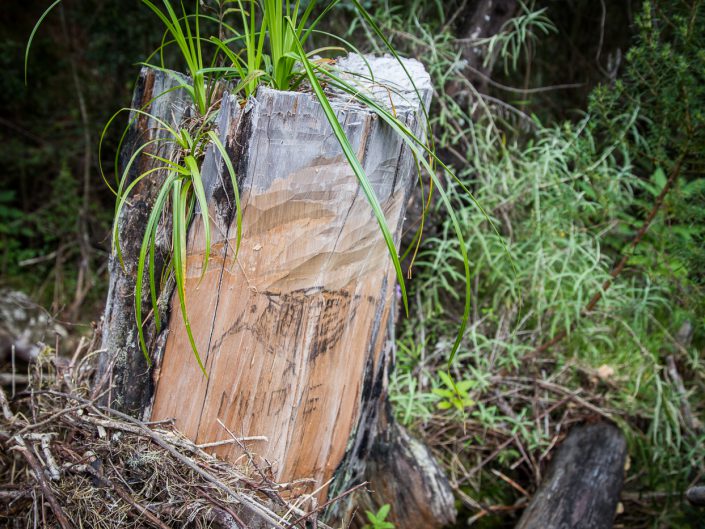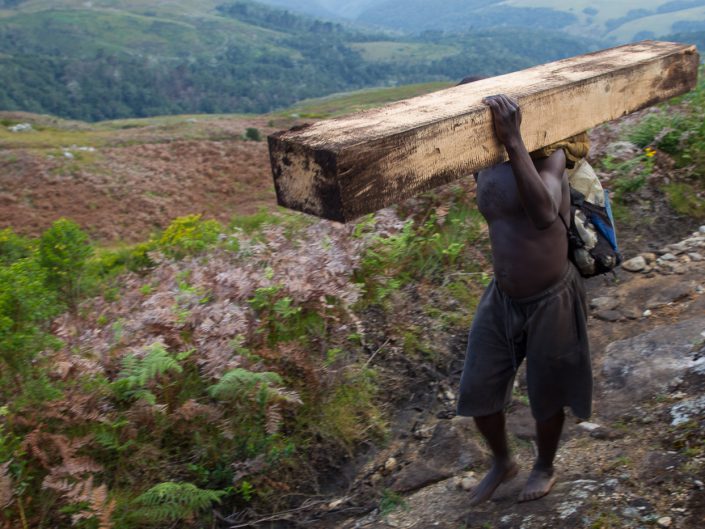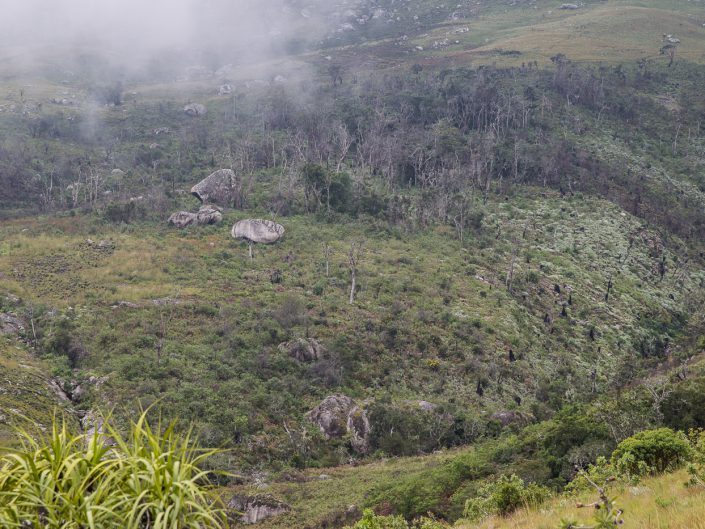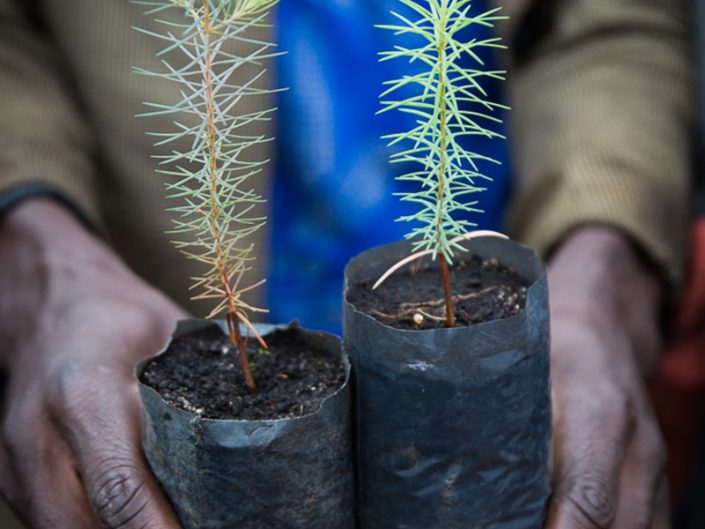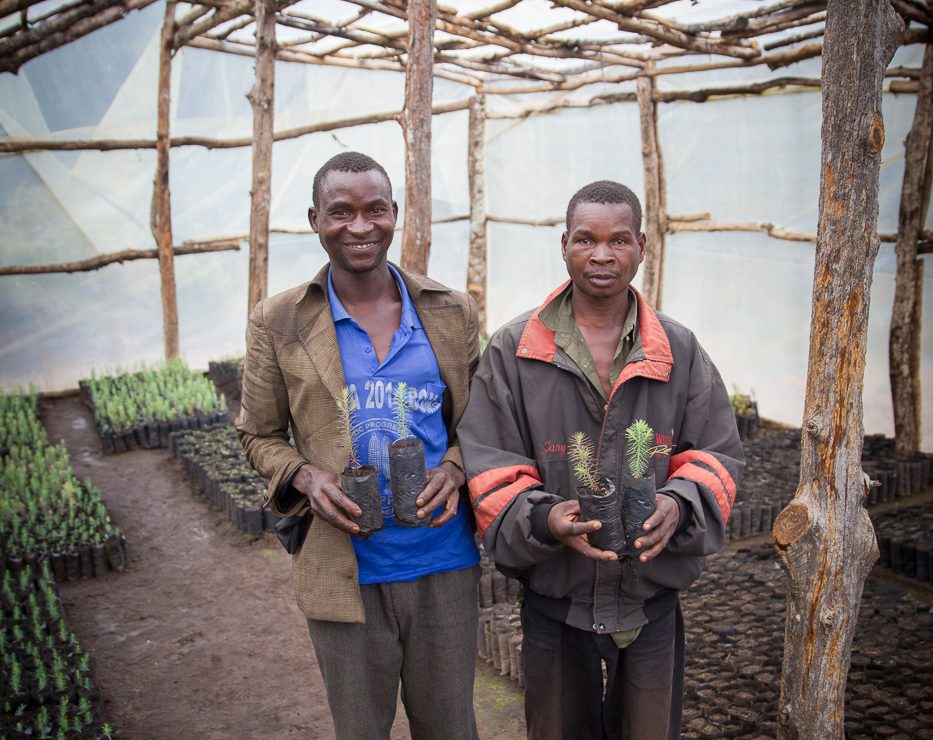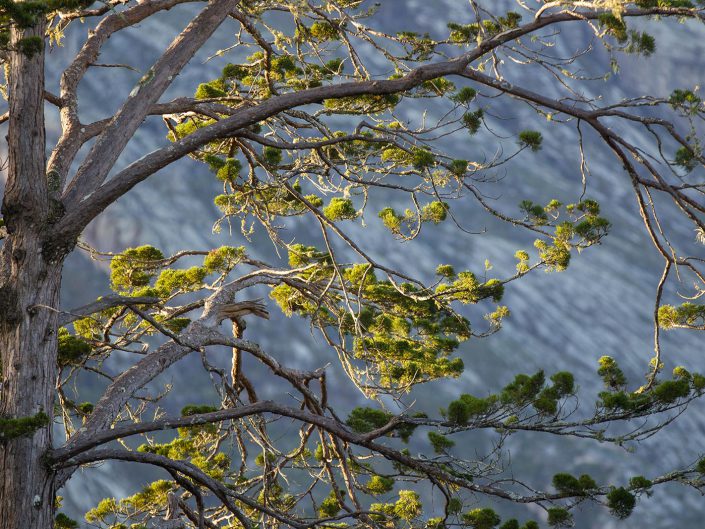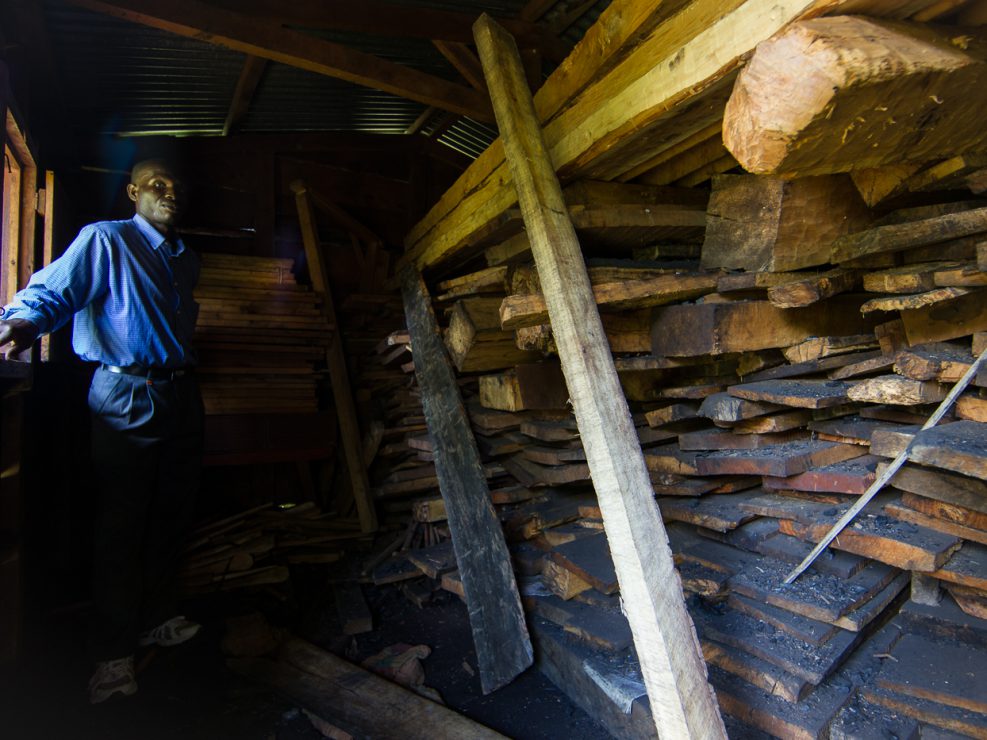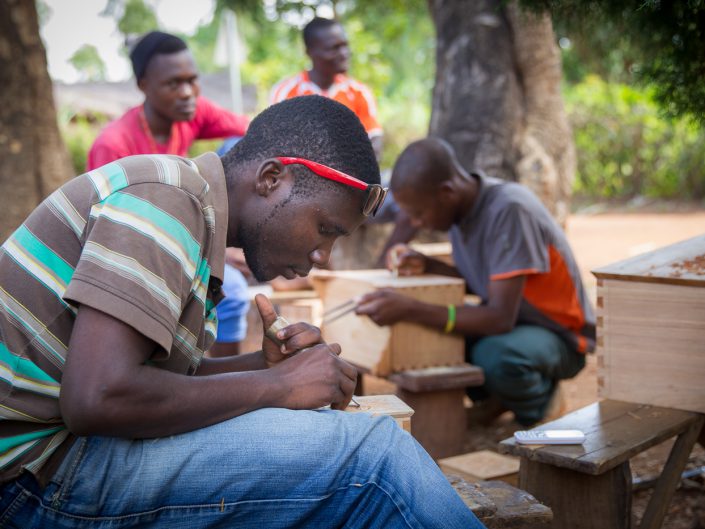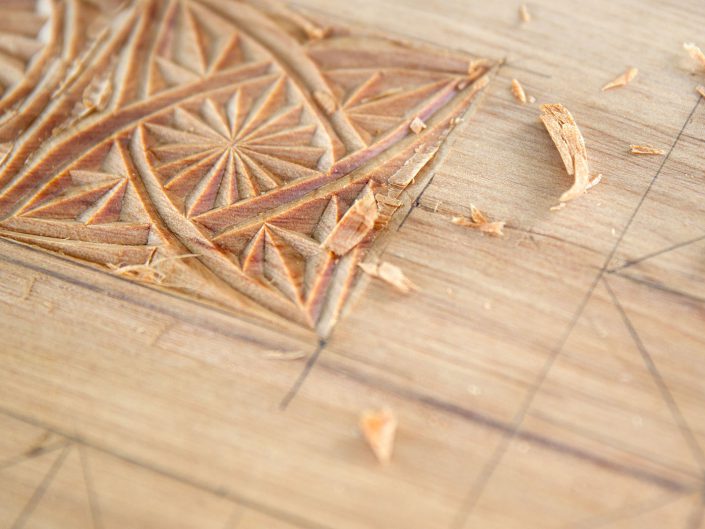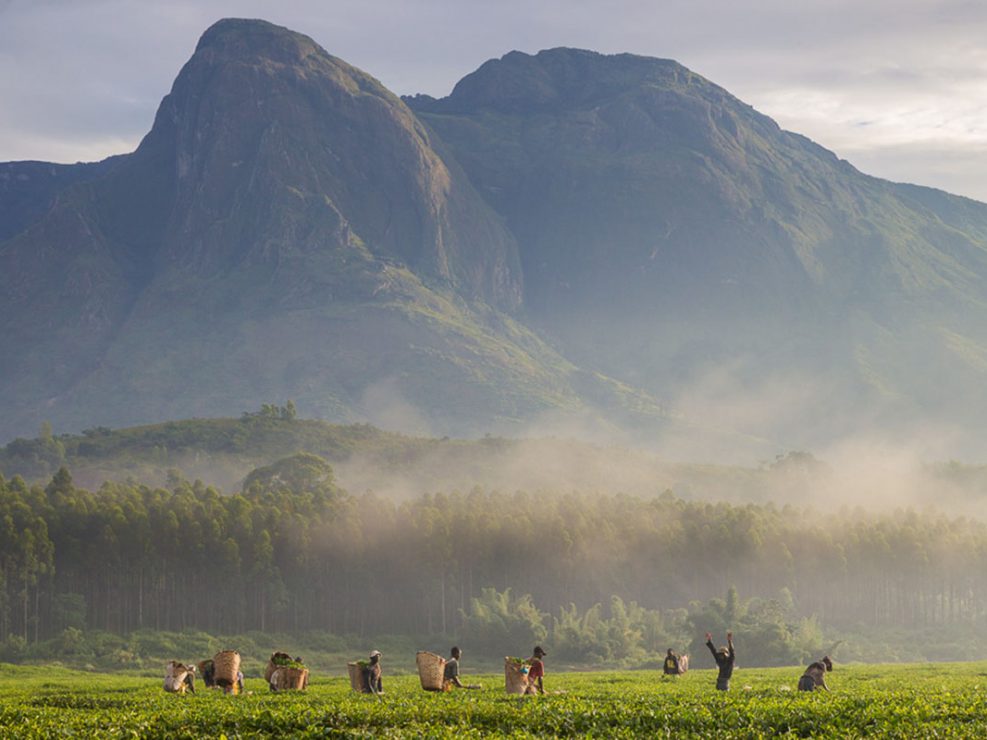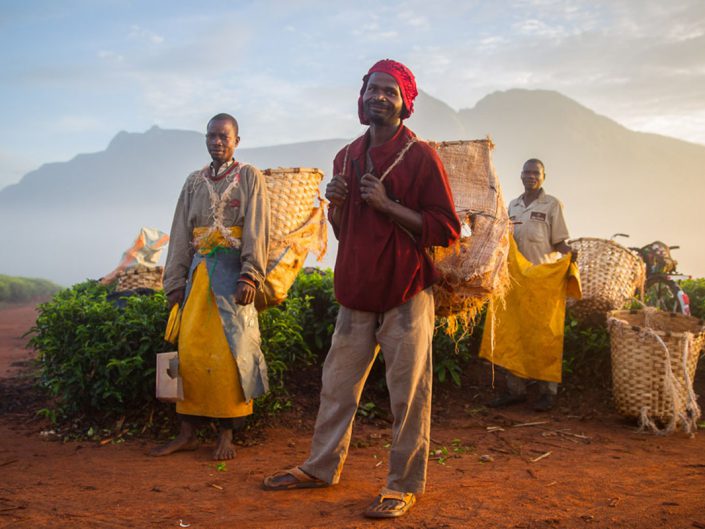Mount Mulanje Cedars
The critically endangered Mulanje cedar, Widdringtonia whytei, occurs atop a single granite massif—Mount Mulanje. Designation as the national tree of Malawi hasn’t stopped an onslaught of overexploitation. The cedar’s pleasantly fragrant wood is poisonous to insects and repels rot—rare and precious features in tropical Africa that spur a hefty timber price for woodworking and construction. Under protection from Malawi’s poorly funded and corrupt Department of Forestry, illegal logging is rampant. Like a pox, freshly cut stumps cover the plateau. Tree-poaching kingpins tag trees with crude drawings to mark territories. Their minions stream down the mountain with impunity, hauling huge, hand-hewn, contraband beams. Mulanje Mountain Conservation Trust aims to reverse the decline and save the species. They’ve financed guards, boosted tourism, and orchestrated an unprecedented tree-planting campaign. They’ve built and staffed 13 nurseries on Mount Mulanje to produce and plant 1.2 million seedlings over four years. Hopefully, many will grow into great trees. Parts of this photo essay have been published in The Guardian and Terre Sauvage and won first prize in the IUCN Terre Sauvage Nature Image Awards photo report category in 2015 and 2nd prize in the South African Agency for Science and Technology Advancement's Science Lens competition.




